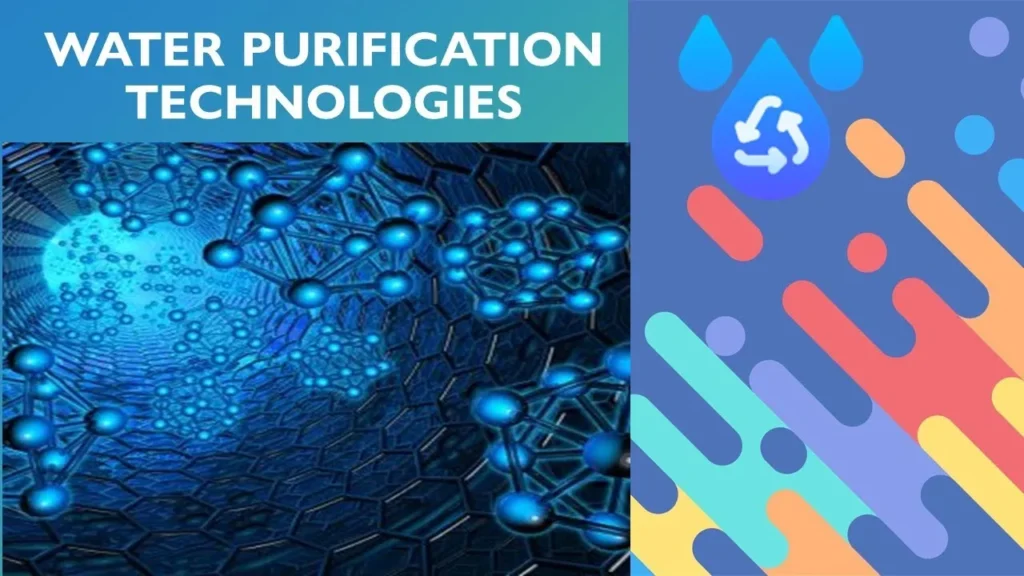
Water is essential for life, yet many parts of the world struggle with access to clean and safe drinking water. With the growing global population and increasing pollution levels, ensuring that everyone has access to clean water is becoming more challenging. However, technology has played a significant role in developing sustainable solutions for water purification.
The Importance of Water Purification
Water purification is the process of removing contaminants from water to make it safe for consumption. Contaminants can include bacteria, viruses, chemicals, and other pollutants that can pose serious health risks if consumed. Purifying water is crucial to prevent waterborne diseases and ensure public health.
Traditional Methods of Water Purification
Historically, communities have relied on traditional methods of water purification such as boiling water, using cloth filters, or adding chemicals like chlorine to kill bacteria. While these methods can be effective to a certain extent, they are not always practical or sustainable, especially in developing countries where access to clean water is limited.
Role of Technology in Water Purification
Advancements in technology have revolutionized the way we purify water. There are now a variety of innovative and sustainable solutions that use technology to remove contaminants from water efficiently and effectively. Some of the key technologies include:
1. Reverse Osmosis
Reverse osmosis is a water purification technology that uses a semi-permeable membrane to remove particles, ions, and other impurities from water. It is a highly effective method for removing contaminants and producing clean drinking water. Reverse osmosis systems are commonly used in households, industries, and municipal water treatment plants.
2. UV Water Purification
UV water purification uses ultraviolet light to kill bacteria and other microorganisms in water. UV light disrupts the DNA of microorganisms, preventing them from reproducing and making the water safe to drink. UV water purification systems are compact, energy-efficient, and chemical-free, making them an eco-friendly solution for water purification.
3. Nanotechnology
Nanotechnology involves the use of nanoscale materials to filter out contaminants from water. Nanomaterials have a high surface area and can effectively trap pollutants, bacteria, and viruses. Nanotechnology-based water purification systems are capable of removing a wide range of contaminants and producing clean and safe drinking water.
Sustainable Solutions for Water Purification
Technology has enabled the development of sustainable solutions for water purification that are eco-friendly, cost-effective, and energy-efficient. Some of the key benefits of using technology for water purification include:
1. Conservation of Water Resources
By purifying and recycling water, technology helps conserve precious water resources and reduce the strain on natural water sources. Water purification technologies such as reverse osmosis and UV water purification enable the reuse of wastewater for irrigation, industrial processes, and other purposes, reducing the demand for fresh water.
2. Reduction of Pollution
Water purification technologies help reduce pollution by removing contaminants from water before it is discharged into the environment. This prevents pollution of rivers, lakes, and oceans, protecting aquatic ecosystems and wildlife. Sustainable water purification solutions contribute to a cleaner and healthier environment for future generations.
3. Improved Public Health
Clean and safe drinking water is essential for public health. Technology has made it possible to purify water on a large scale, ensuring that communities have access to safe drinking water. By removing harmful contaminants, technology helps prevent waterborne diseases and improve overall public health outcomes.
Challenges and Future Trends
While technology has made significant advancements in water purification, there are still challenges that need to be addressed. Some of the key challenges include the high cost of implementing water purification technologies, the energy consumption associated with some systems, and the need for sustainable solutions that are accessible to all communities, especially in developing countries.
However, there are promising trends in the field of water purification technology that offer hope for the future. These include the development of more efficient and cost-effective purification systems, the use of renewable energy sources to power water treatment plants, and the integration of smart technologies for real-time monitoring and optimization of water treatment processes.
Conclusion
Technology plays a critical role in ensuring access to clean and safe drinking water for all. Sustainable solutions for water purification are essential for protecting public health, conserving water resources, and reducing pollution. By leveraging innovative technologies such as reverse osmosis, UV water purification, and nanotechnology, we can create a more sustainable future where clean water is available to everyone.
#Sustainable #Solutions #Role #Technology #Water #Purification
